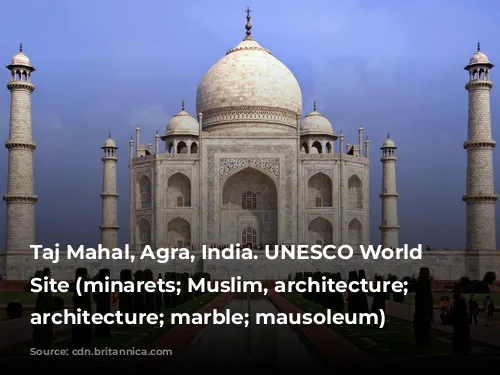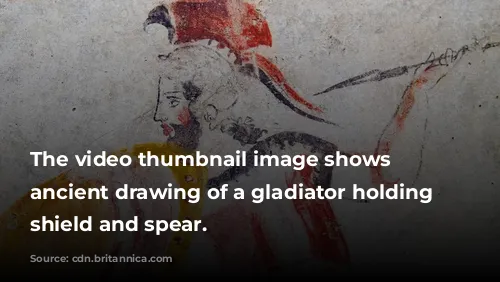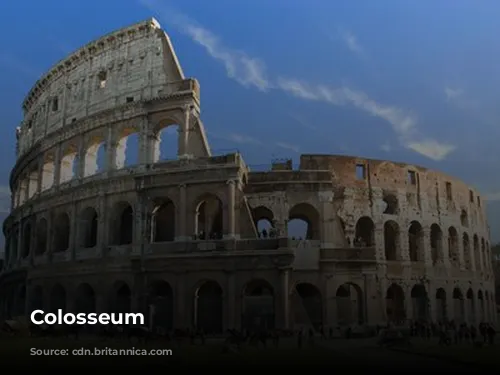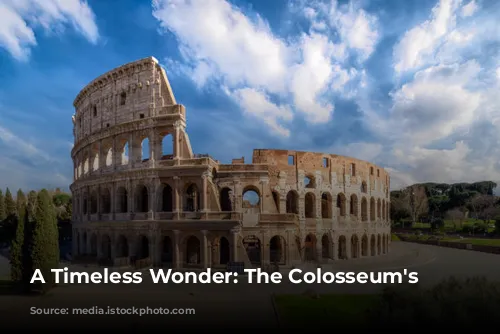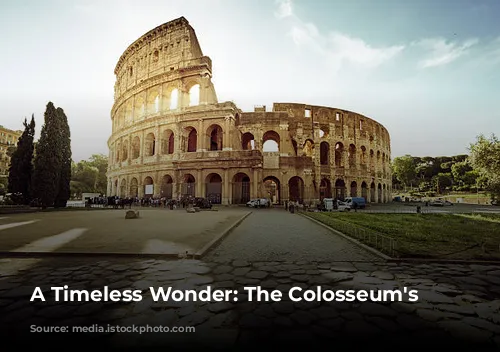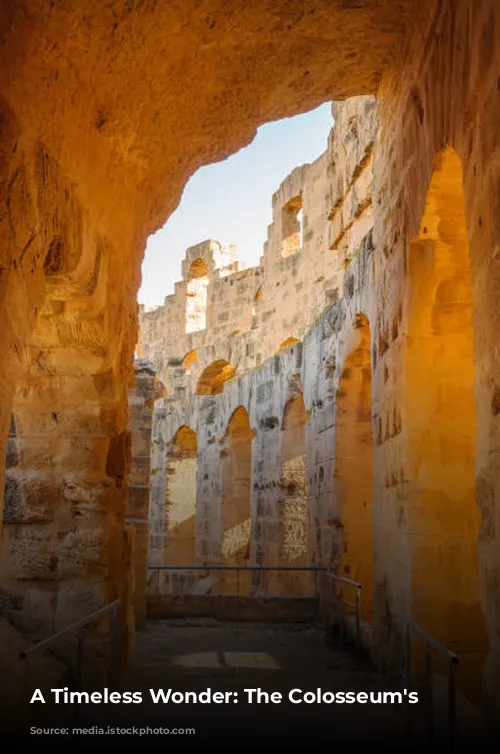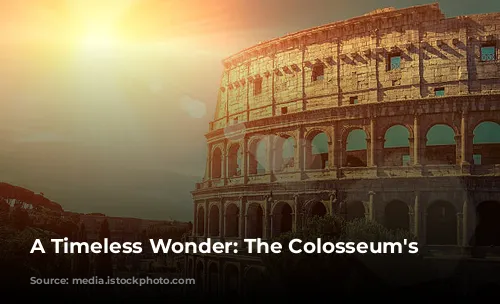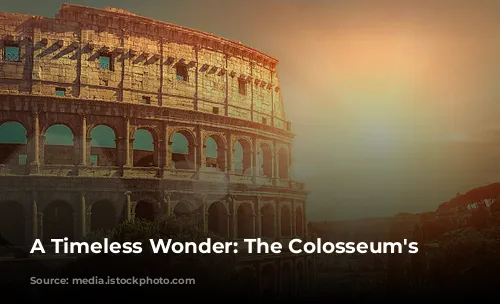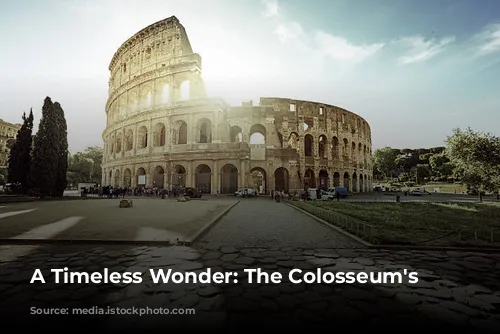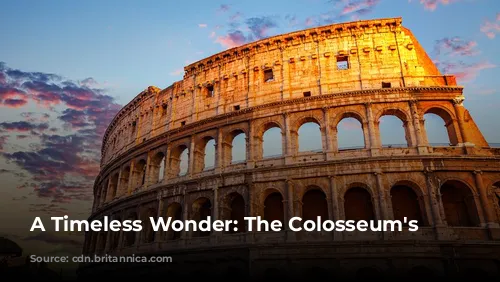The Colosseum stands as a monument to the ingenuity of the Roman Empire, one of the few structures from that era to survive relatively intact. It’s not just a fascinating relic of the past, but also a significant source of income for Italy. In 2018, the Colosseum, Roman Forum, and Palatine Hill combined to generate over $63.3 million (€53.8 million), making it Italy’s most popular tourist attraction.
A History of Change
The Colosseum, however, hasn’t always been a beloved landmark. After the fall of the Western Roman Empire, the structure fell into disrepair. The Frangipane and Annibaldi families even used it as a fortress in the 12th century. By the late 15th century, Pope Alexander VI permitted the Colosseum to be used as a quarry.
This period of neglect lasted over a thousand years, but thankfully, in the 1990s, government-funded restoration efforts began to breathe life back into this historical treasure.
A Symbol of Imperial Power
The Colosseum was a product of imperial ambitions to revitalize Rome following the chaos of the “Year of the Four Emperors” in 69 CE. Emperor Vespasian, who had a vision for a grand city, saw the Colosseum as a way to entertain the masses, hosting everything from gladiator fights and animal hunts to mock naval battles.
From Foundations to Completion
Construction of the Colosseum began under Vespasian between 70 and 72 CE. The structure, completed in 80 CE, was dedicated by his son and successor, Titus. Domitian, another emperor, added the Colosseum’s fourth story in 82 CE. Importantly, the arena’s funding came from the spoils of Titus’s conquest of Jerusalem in 70 CE, and it was built using Jewish slaves.
A Colossal Undertaking
The Colosseum is an ampitheatre, sometimes referred to as the Flavian Amphitheatre, built with a combination of stone, concrete, and tuff. This majestic structure boasts four stories, measuring 620 by 513 feet (189 by 156 meters) and capable of holding up to 50,000 spectators. The Colosseum’s primary function was as a stage for gladiatorial combat.
A Monument to Roman Engineering
The Colosseum is located east of the Palatine Hill on the grounds of what was once Nero’s Golden House. The artificial lake, a centerpiece of the palace complex, was drained, making way for the Colosseum. The decision was as much symbolic as it was practical. Vespasian, whose rise to power was humble compared to the tyrannical Nero, sought to replace Nero’s private lake with a public amphitheater that could unite the Romans.
A Masterpiece of Architecture
The Colosseum was dedicated in 80 CE by Titus with a 100-day festival that included grand games. The final touches, including the uppermost story, were added by Domitian in 82 CE. Unlike earlier amphitheatres, which were typically built into hillsides for support, the Colosseum stands as a freestanding structure made of stone and concrete.
The Colosseum’s impressive design incorporates a complex system of barrel vaults and groin vaults, spanning an area of 620 by 513 feet (189 by 156 meters). The structure’s lower three levels feature arcades with engaged columns, showcasing the Doric, Ionic, and Corinthian orders. These architectural elements inspired the Renaissance concept known as the assemblage of orders. The Colosseum is primarily built of travertine for its main framework and facade, with volcanic tufa for its secondary walls, and concrete used for the inner bowl and arcade vaults.
A Theater for the People
The Colosseum was designed to accommodate a massive audience of 50,000 spectators, sheltered from the sun by a retractable awning called a velarium. This massive awning was supported by masts extending from the Colosseum’s attic story. Hundreds of Roman sailors were tasked with manipulating the rigging that raised and lowered the velarium. The Colosseum was the scene of countless gladiatorial combats, contests between men and animals, and even staged naval battles. However, the extent of the Colosseum’s use in the martyrdom of early Christians remains unclear.
A Legacy of Change and Resilience
The Colosseum, a symbol of the Roman Empire, underwent several transformations throughout history. After the fall of the Roman Empire, it served as a church and later as a fortress for prominent Roman families, the Frangipane and Annibaldi. It faced damage from lightning, earthquakes, and, most significantly, from vandalism and pollution. The marble seats and decorative elements were removed over centuries, turning the once-glorious structure into a quarry.
The 19th century saw the start of preservation efforts, with notable contributions from Pius VIII. The 1990s witnessed a major restoration project that brought the Colosseum back to its former glory. Today, the Colosseum stands as a major tourist attraction in Rome, welcoming close to 7 million visitors each year. The site regularly hosts exhibitions that highlight the culture of ancient Rome.
